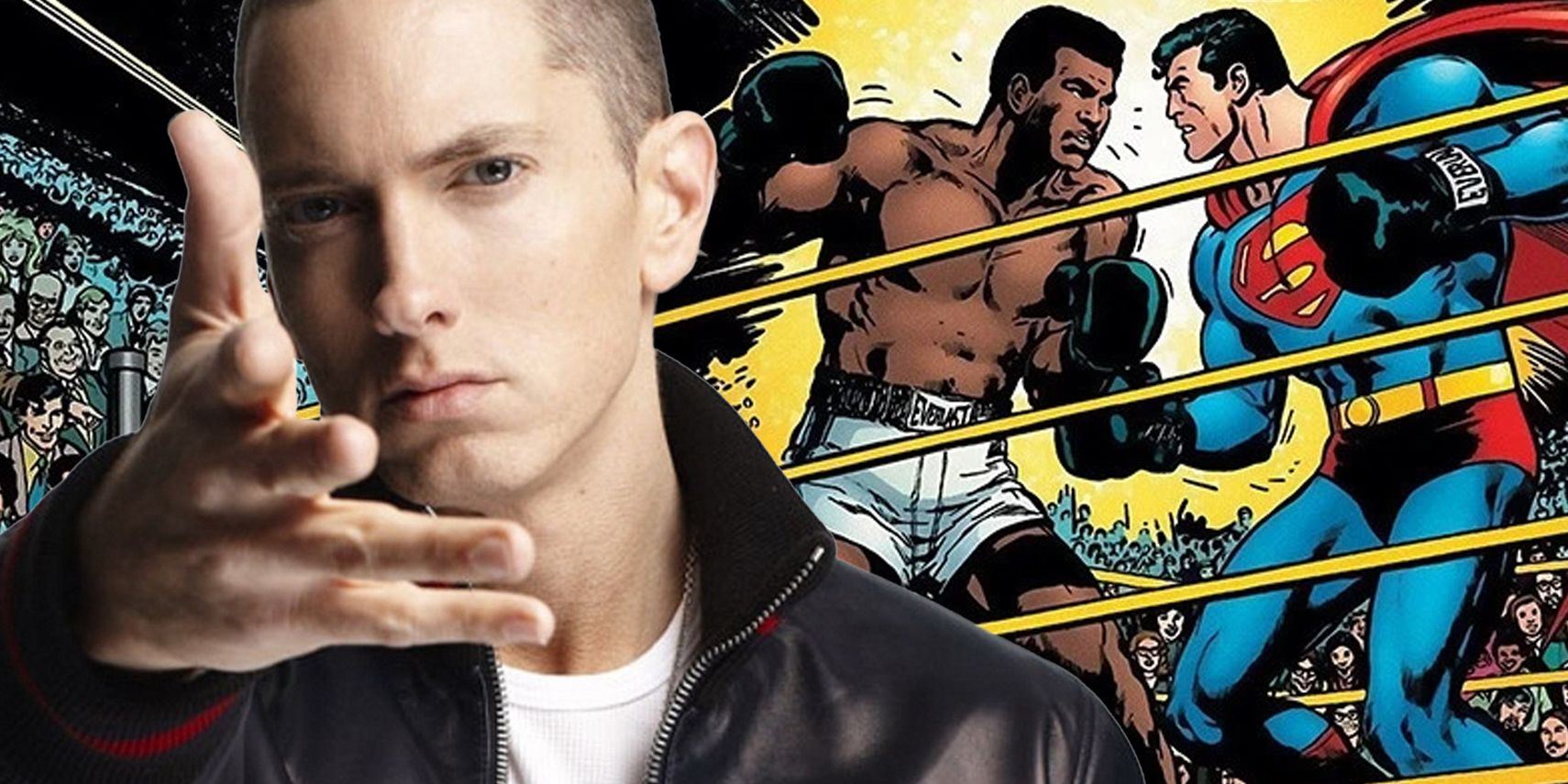
Comics are such a popular form of entertainment that it’s no surprise that real-world celebrities, however minor or major they may be, wind up in these illustrated stories more than once. Whether it’s a fun cameo or a full-blown supporting role, real-life people will always find their way to comics.
This has been going on ever since comic books were made, and superhero comics aren’t the only place where famous people would pop up. That said, some cameos and guest appearances are stranger and more hilarious than others.
10 Various Titles – Linkara Is Now Behind The Fourth Wall
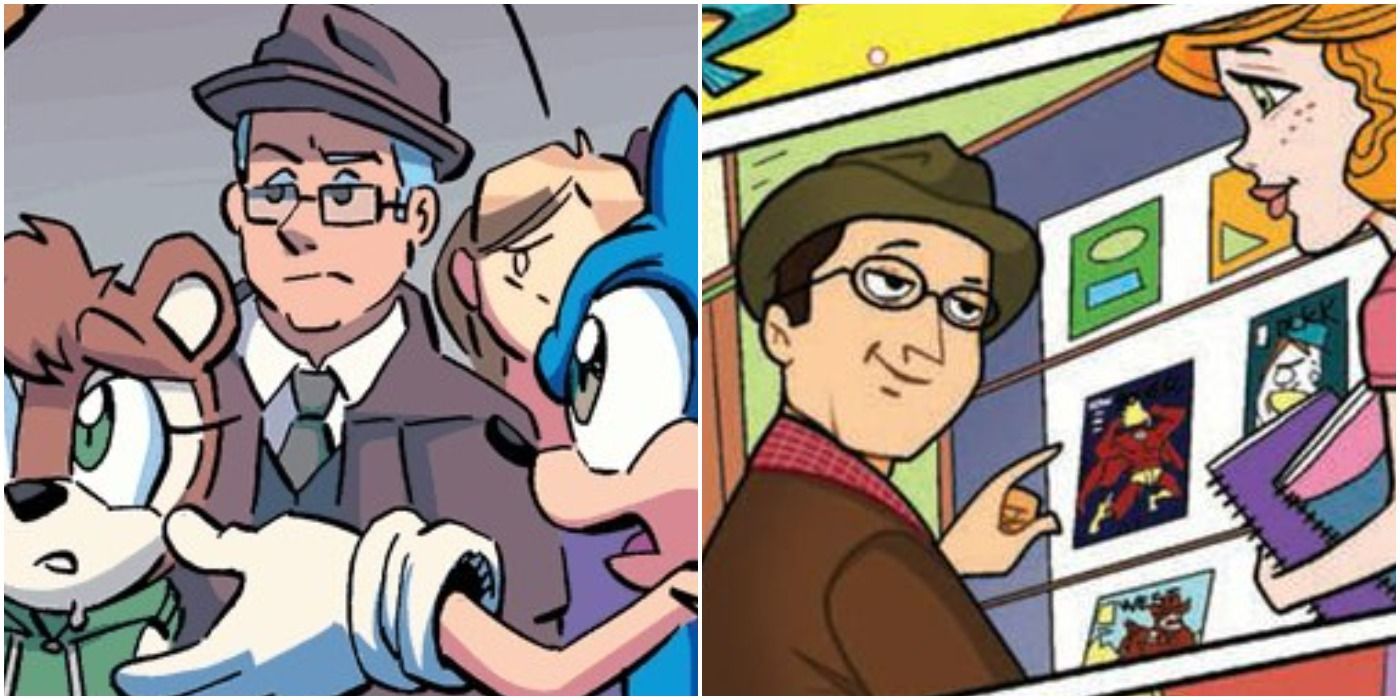
When it comes to the formal criticism of comics as art and entertainment, there’s no one like Linkara (aka Lewis Lovhaug) of Atop The Fourth Wall fame. Linkara isn’t just one of the progenitors of the modern pop culture video essay, but he was also instrumental in giving comics analyses their current mainstream appeal and respect. This, unsurprisingly, led to Linkara cameoed in a couple of comics.
A prominent example was IDW’s Littlest Pet Shop #2, where he’s seen window shopping at the local comic book store. Another was Archie Comics’ Sonic The Hedgehog #257, where he stands out in a crowd of survivors. Expect Linkara to cameo more in the future, both in indie webcomics and mainstream titles.
9 Various Titles – Betty Felon Lives In Superhero Worlds
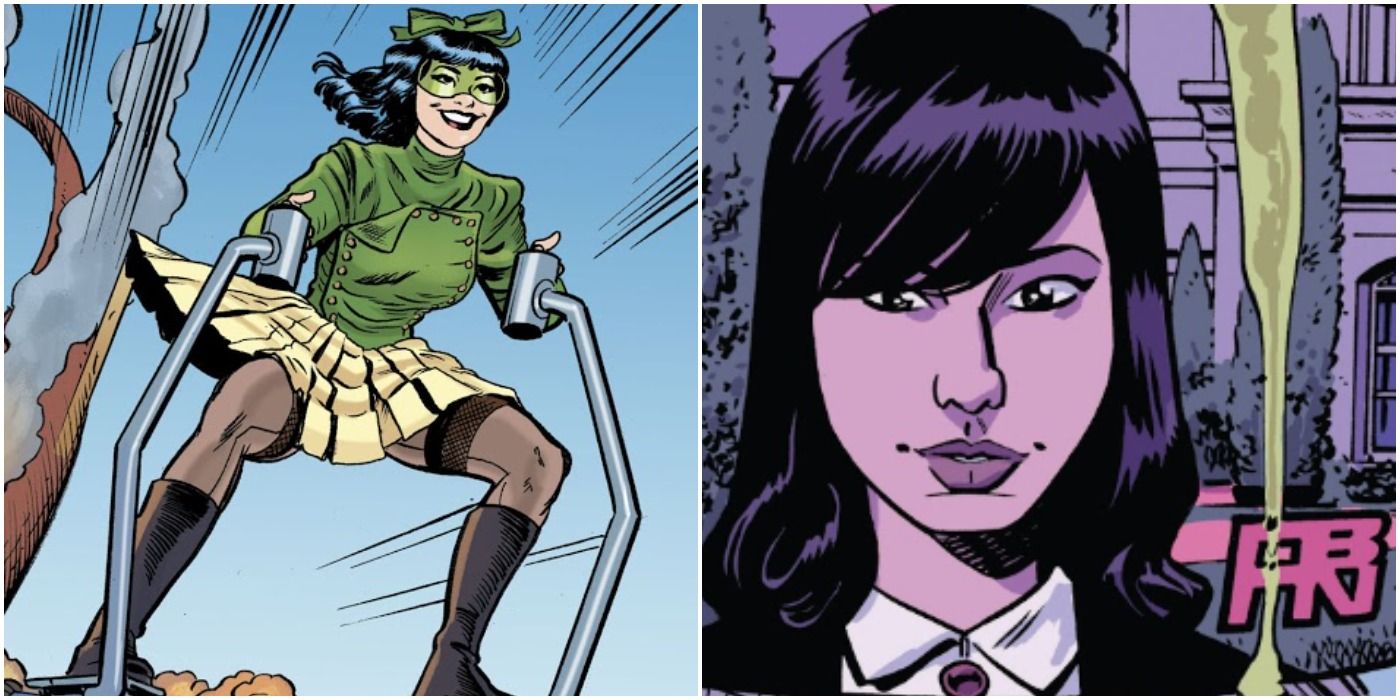
Betty Felon is one of the more recognized and renowned names in comics journalism, having made a name for herself through her blogs and working for outlets such as ComicsAlliance and Wired. Because of her prominence in the comics scene, she was honored with numerous cameos in different comics from DC, Marvel, and many other publishers.
In DC, she’s a constant bystander in Batgirl (2011) and the glider-riding hero Rocket Bethany in Dial H For Hero (2019). In Marvel, she’s a reporter in Daredevil (2014), Beverly Switzler’s secretary in Howard The Duck (2016), and a college student in The Unbeatable Squirrel Girl (2015). Some of her indie cameos include Dark Horse’s Zodiac Starforce and Oni Press’ Fresh Romance, to name a few.
8 Eminem/The Punisher – Eminem (Somehow) Wastes The Punisher & Barracuda
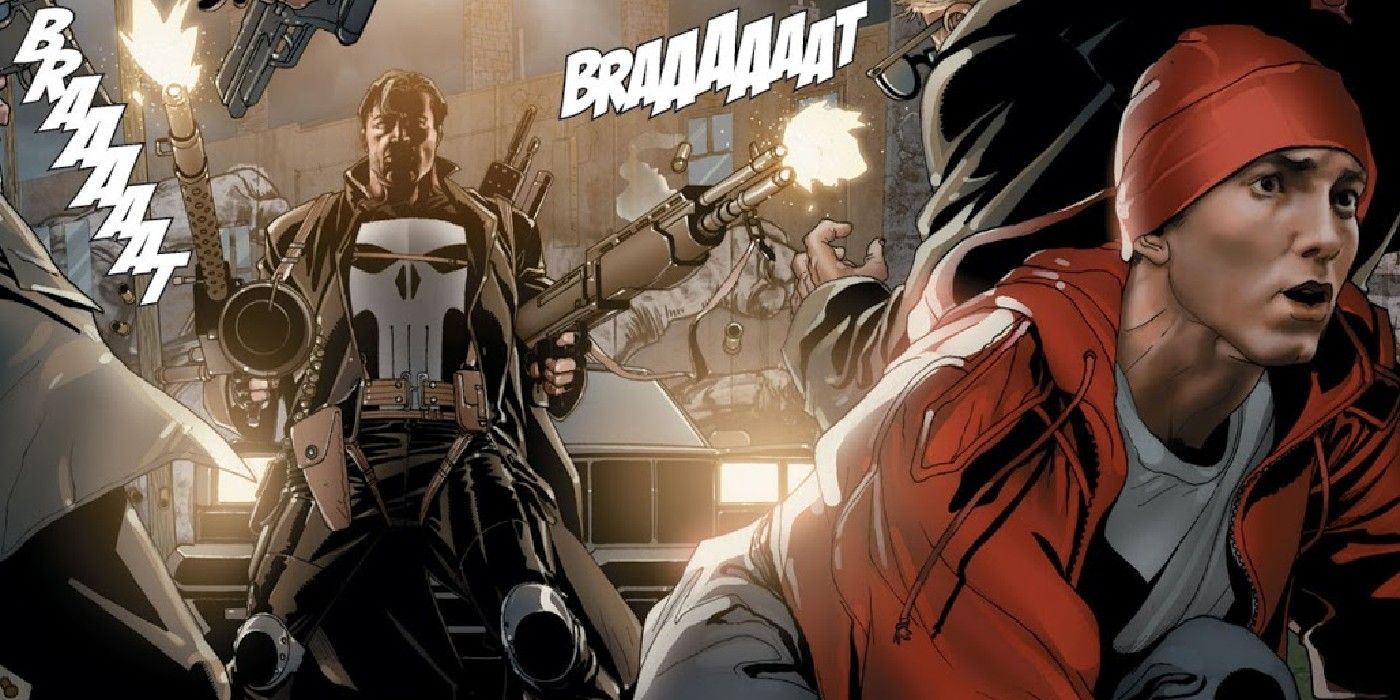
To this day, that time groundbreaking rapper Eminem starred in a self-insert buddy comedy with The Punisher is considered to be one of the strangest celebrity crossovers ever conceived. In 2009, Marvel collaborated with XXL Magazine to create Eminem/The Punisher, a one-shot that was also made to promote Eminem’s then-latest album Relapse.
The comic starts with The Punisher gunning down Eminem’s bodyguards before the rapper is saved by his childhood friend: Barracuda. Against all odds, Eminem bests two of Marvel’s most skilled combatants, pistol-whipping Frank Castle before dismembering Barracuda with a chainsaw. The Punisher thanks Eminem by stranding him on ice with a satellite phone.
7 Superman Vs. Muhammad Ali – The Greatest Bests The Man Of Steel

As this now-legendary crossover comic’s title implies, Superman and Muhammad Ali exchange blows in the biggest pay-per-view event of all time, but not for the reasons one might expect. The alien Scrubbs are about to invade Earth, but they give mankind a bet. Should humanity’s champion defeat the unbeatable Hun’Ya, the Scrubb will leave Earth alone. If not, the invasion shall commence.
Ali and a temporarily depowered Superman fight to determine who’ll represent humanity, and Ali comes out victorious. He goes up against Hun’Ya, who he knocks out in the fourth round. Ali and Superman end the comic by saving the world and becoming friends. The comic became one of DC’s best-selling single issues, and it’s since been reprinted countless times.
6 Godzilla Vs. Barkley – The NBA Superstars Slams On The King Of Monsters
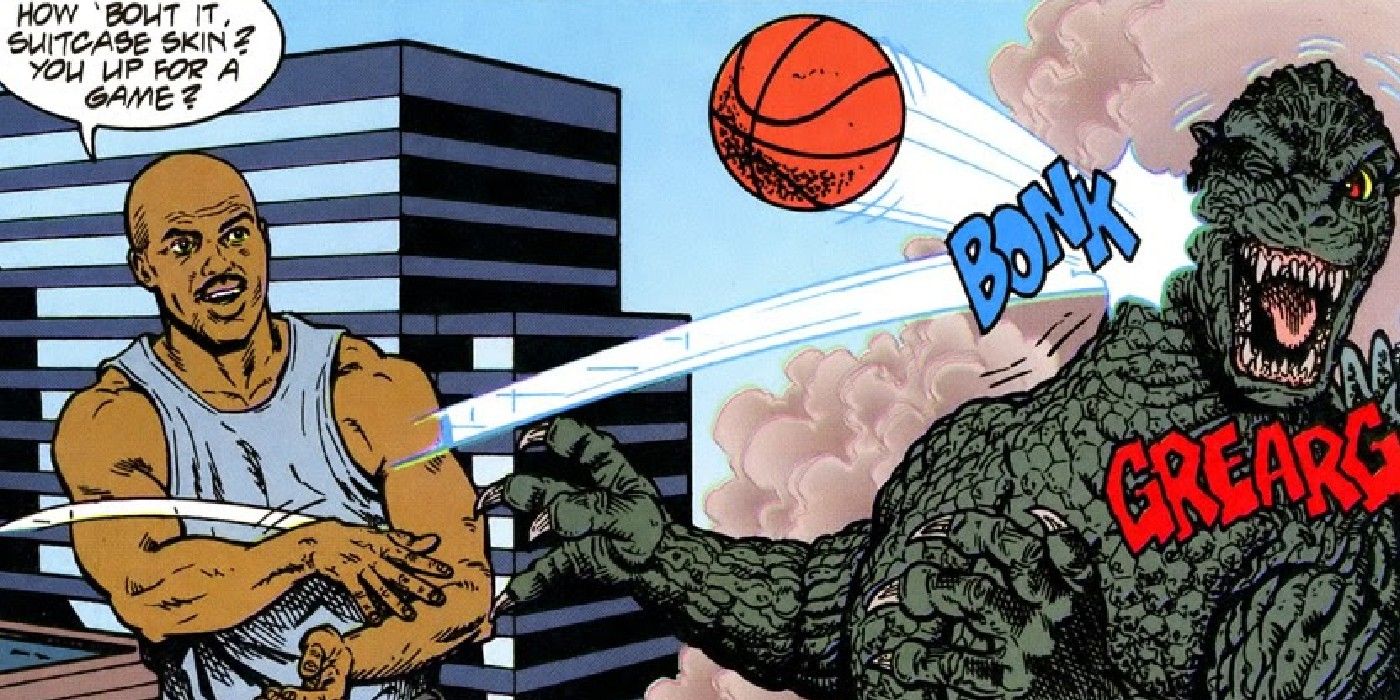
Godzilla comics aren’t anything new, nor are his over-the-top crossovers with other monsters. However, Dark Horse’s Godzilla Vs. Barkley is undoubtedly his strangest one-shot of all time. The comic is actually an adaptation of a 1992 Nike shoe commercial that featured the same premise. Here, a kaiju-sized Barkley challenges the King of Monsters during the latter’s scheduled Tokyo attack.
In 1993, Dark Horse adapted the ad, expanding it with new lore. Here, Barkley is recast as a warrior of ancient valor and becomes a giant thanks to his biggest fan’s magic Silver Dollar. Instead of Tokyo, Godzilla got busy in California before Barkley came in and slammed a ball on him. Barkley defeats Godzilla so soundly in basketball that the kaiju dedicates the next 100 years to training how to shoot hoops.
5 Preacher – John Wayne Is Jesse Custer’s Guardian Angel

Though his face is always obscured by shadows, it’s obvious that the sheriff that Jesse talks to is John Wayne. After enduring years of trauma in the L’Angelles’ captivity and losing his father early, Jesse copes by dreaming up The Duke – his childhood hero – as his father figure and moral compass. Wayne even affected the life of Jesse’s father, when he visited American soldiers in Vietnam in 1966.
Though he never directly affects the comics’ events, Wayne is always there to give Jesse some advice or berate him back into shape. The Duke is a prominent supporting character in Preacher, and he stayed long enough to get a farewell issue. His omission in the AMC show was regarded by fans as a sour point in an otherwise decent adaptation.
4 Gwenpool Strikes Back – Chris Hastings Is Gwen’s Sky Daddy
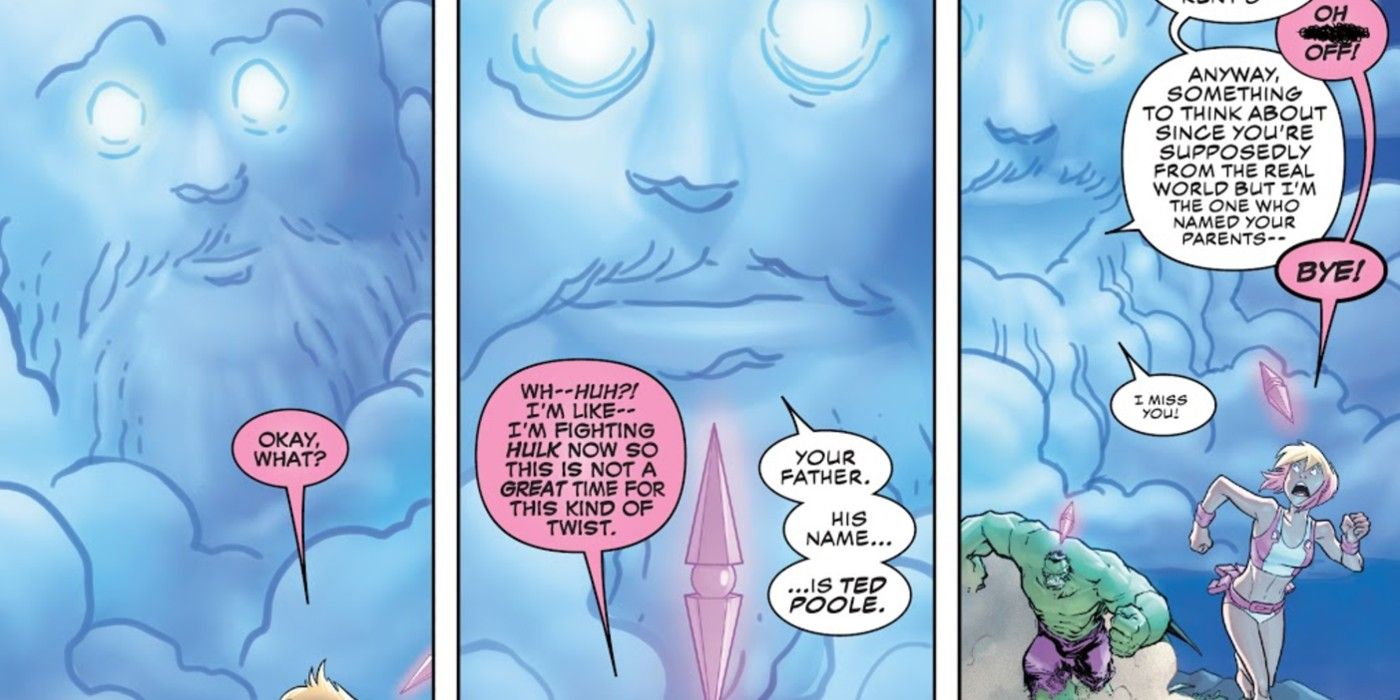
Since she’s even more meta and medium-aware than Deadpool, it shouldn’t be surprising for Gwenpool to interact with her creators. In her second solo outing Gwenpool Strikes Back, Gwenpool gets some useless sagely exposition from her creator and first writer, Dr. McNinja creator Chris Hastings. He pops up in the sky for exactly six panels in a single page.
While Gwen gets chased by a furious Immortal Hulk, Hastings dishes out multiverse-shattering revelations, like how her parents’ names (Ted and Martha Poole) are Easter Eggs, plus the fact that Gwenpoole role-playing accounts call him “Daddy.” None of this helps Gwen’s current conundrum, and she yells at Hastings to bug out while he admits that he misses her.
3 Animal Man – Grant Morrison Steps In To Solve The Plot
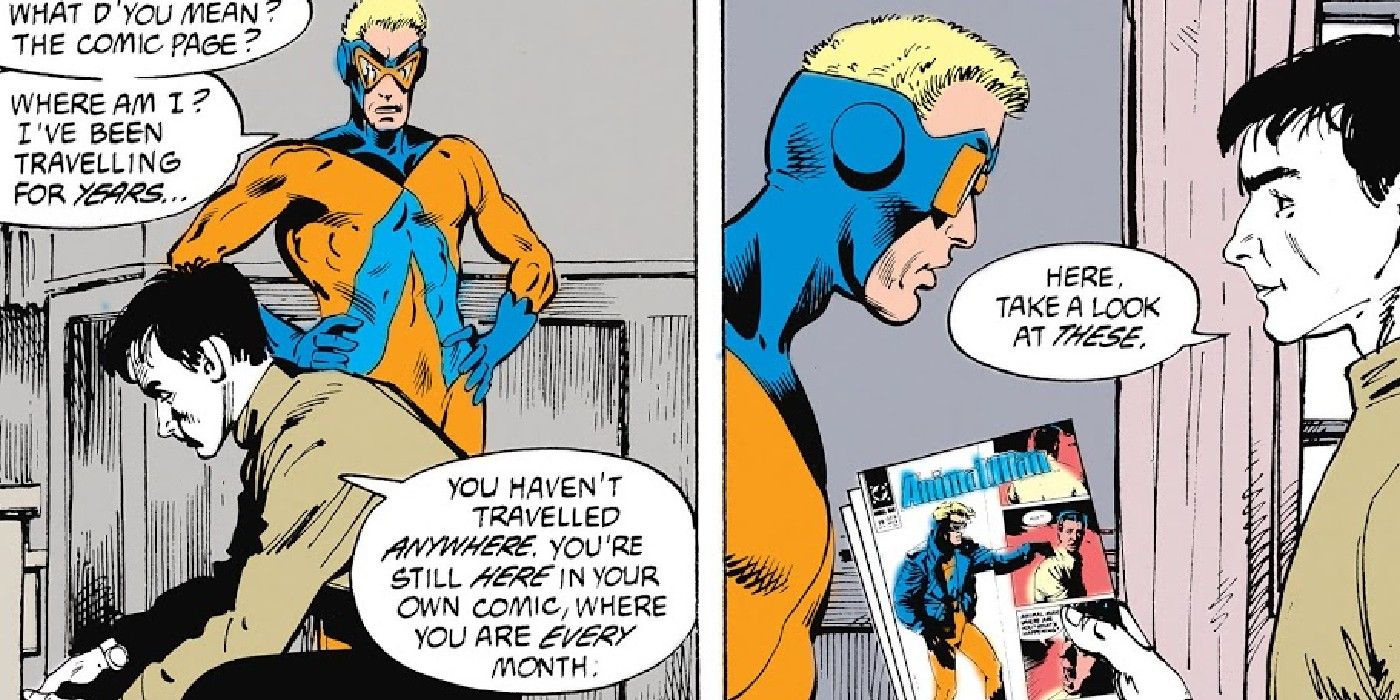
Morrison’s Animal Man was already esoteric on its own, turning an otherwise forgettable C-list DC hero into one of comics’ best examples of metafiction and surrealism. This strangeness hit its most extreme when in Morrison’s finale, Animal Man finally met the architect behind all his pain and suffering: Grant Morrison himself.
The two spend Issue #26 debating about the nature of fiction, such as Animal Man’s lack of free will and the readership’s demand for edgier stories at the expense of Buddy Baker’s happiness. Thankfully, the comic closes with Morrison giving Animal Man a happy ending after he realizes that his fiction really is the superhero’s life.
2 The Amazing Spider-Man – Spidey's Tale Of Two Presidents
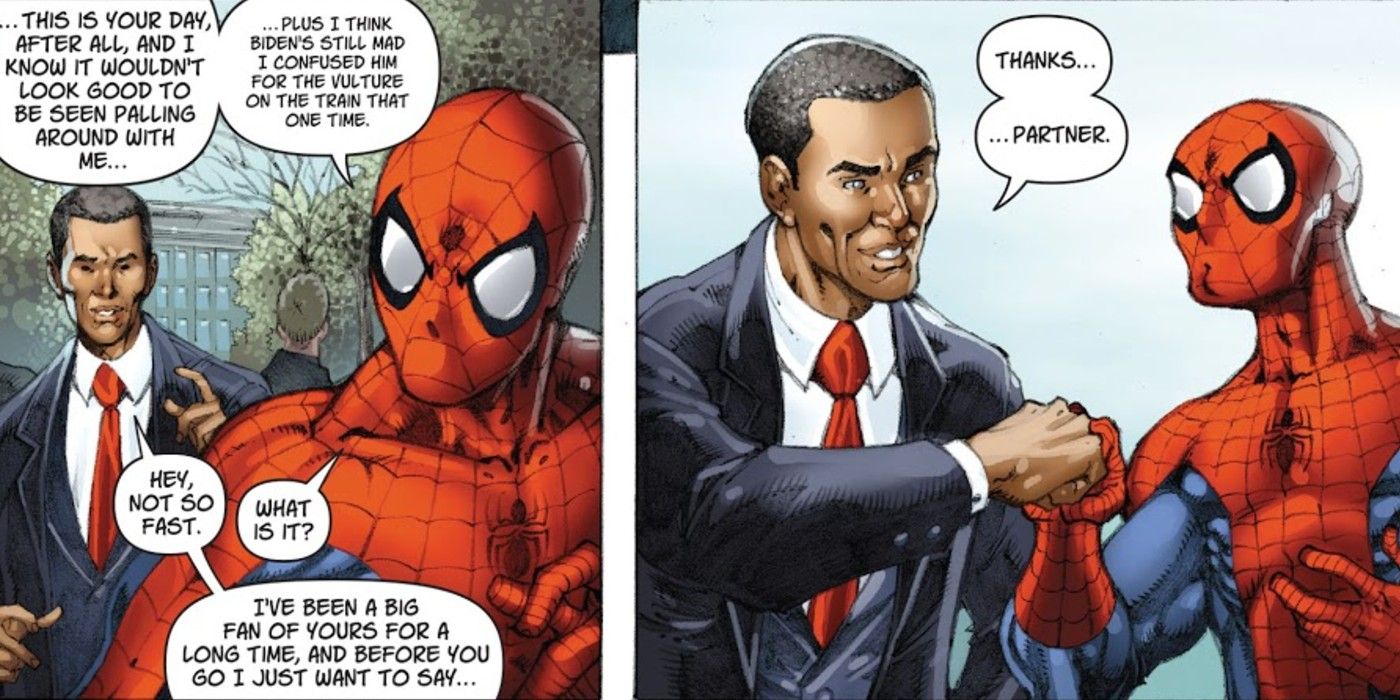
During the first months of his presidency, Barack Obama was so popular that he became a pop culture fixation. One of his most famous fictional appearances was in The Amazing Spider-Man #583, where readers were treated to not one, but two Barack Obamas. Specifically, one of them was Chameleon, who planned to get sworn in as president.
Spidey Meets The President! was preceded by a digital-only prequel The Amazing Spider-Man Presidents Day Special, where Chameleon prepared his doppelganger scheme. Issue #583 was printed shortly before Obama’s inauguration and sold more than 350,000 copies, making it the best-selling single issue from a regular series in the 2000s.
1 Various Titles – Stan Lee Appeared Everywhere
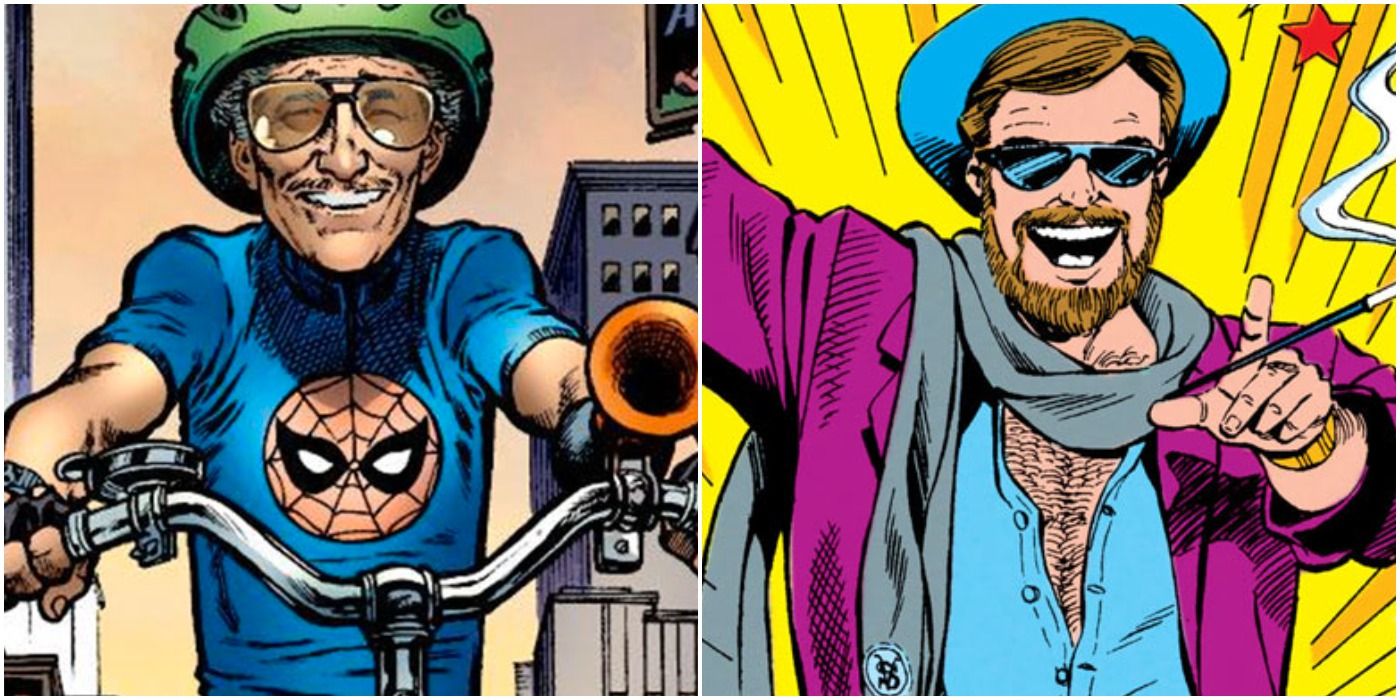
Even before he became the king of movie cameos, Stan Lee cameoed in almost every comic Marvel published. As far back as the ‘60s, Lee appeared in superheroes’ adventures, most notably getting turned away during Reed Richards and Sue Storm's marriage. Originally, Lee was a funny bystander but over time, he became a sagely figure who was always knew the right, morale-boosting thing to say to the heroes and readers.
That said, not all his cameos were flattering. Some were penned by Kirby, who at the time had a personal beef with Lee. The result of their differences was Kirby depicting Lee unfavorably, such as What If? #11 where Lee was an irritable Mr. Fantastic and DC Comics’ Funky Flashman (right), an obvious, mean-spirited jab at Lee’s celebrity status.
0 Comments